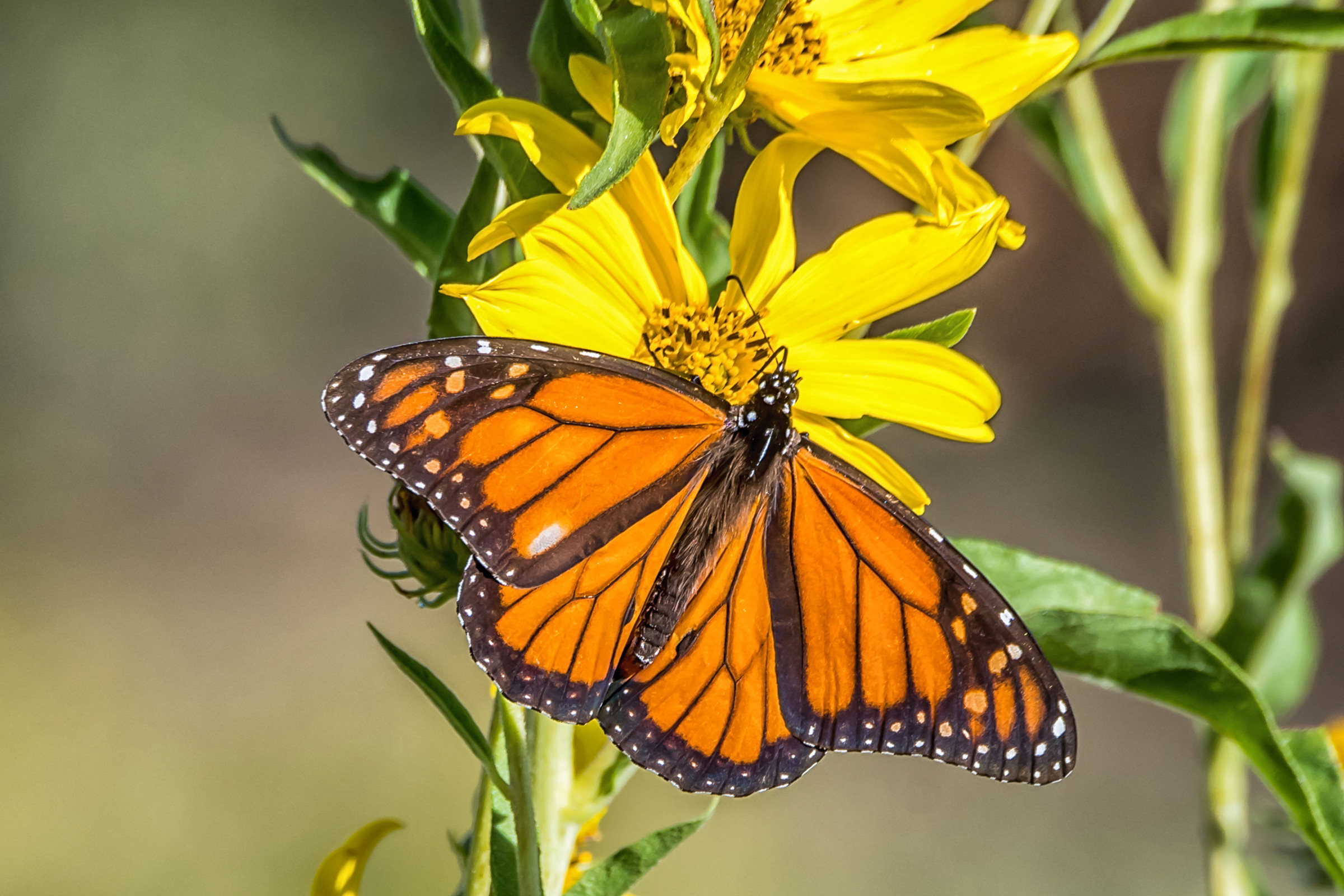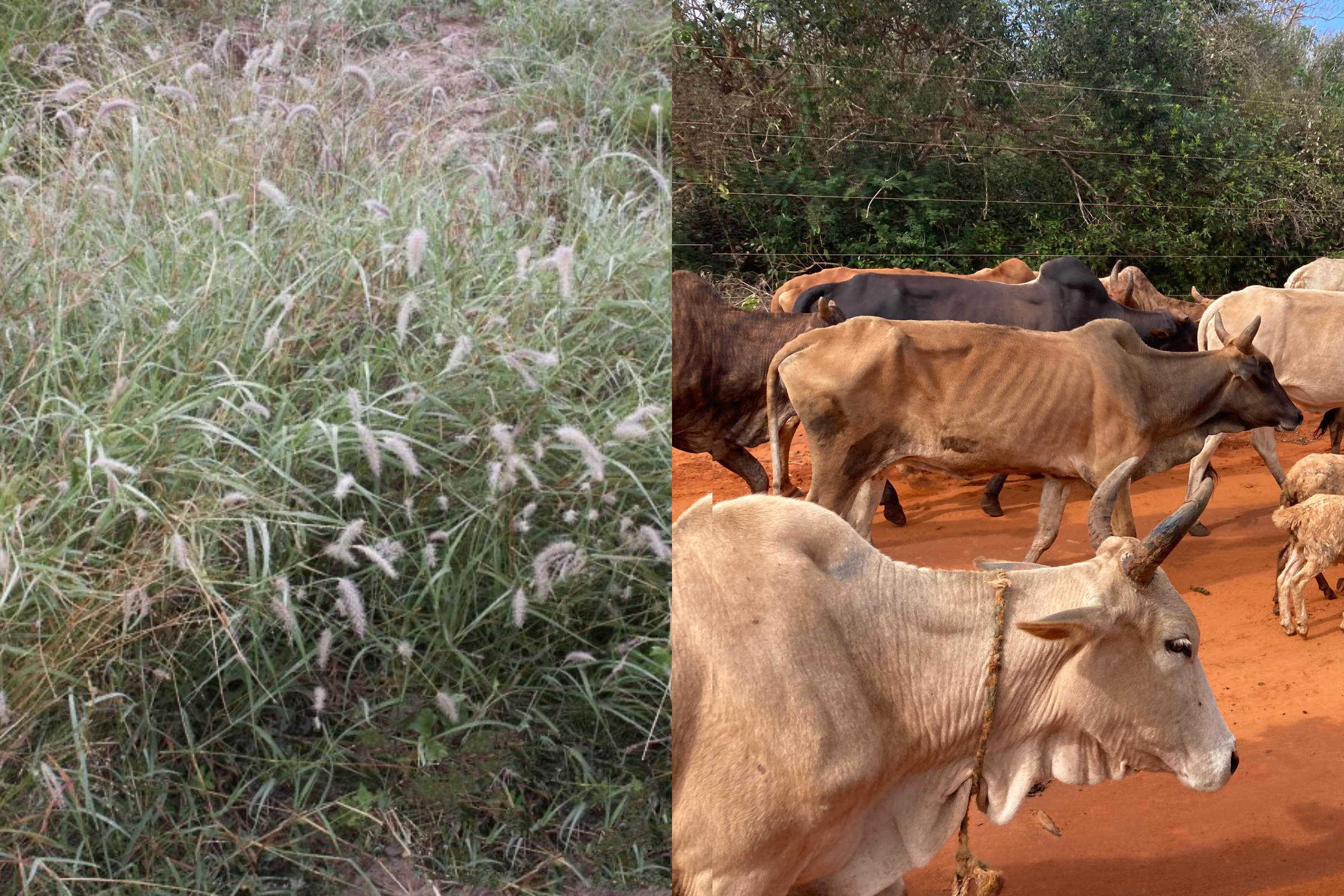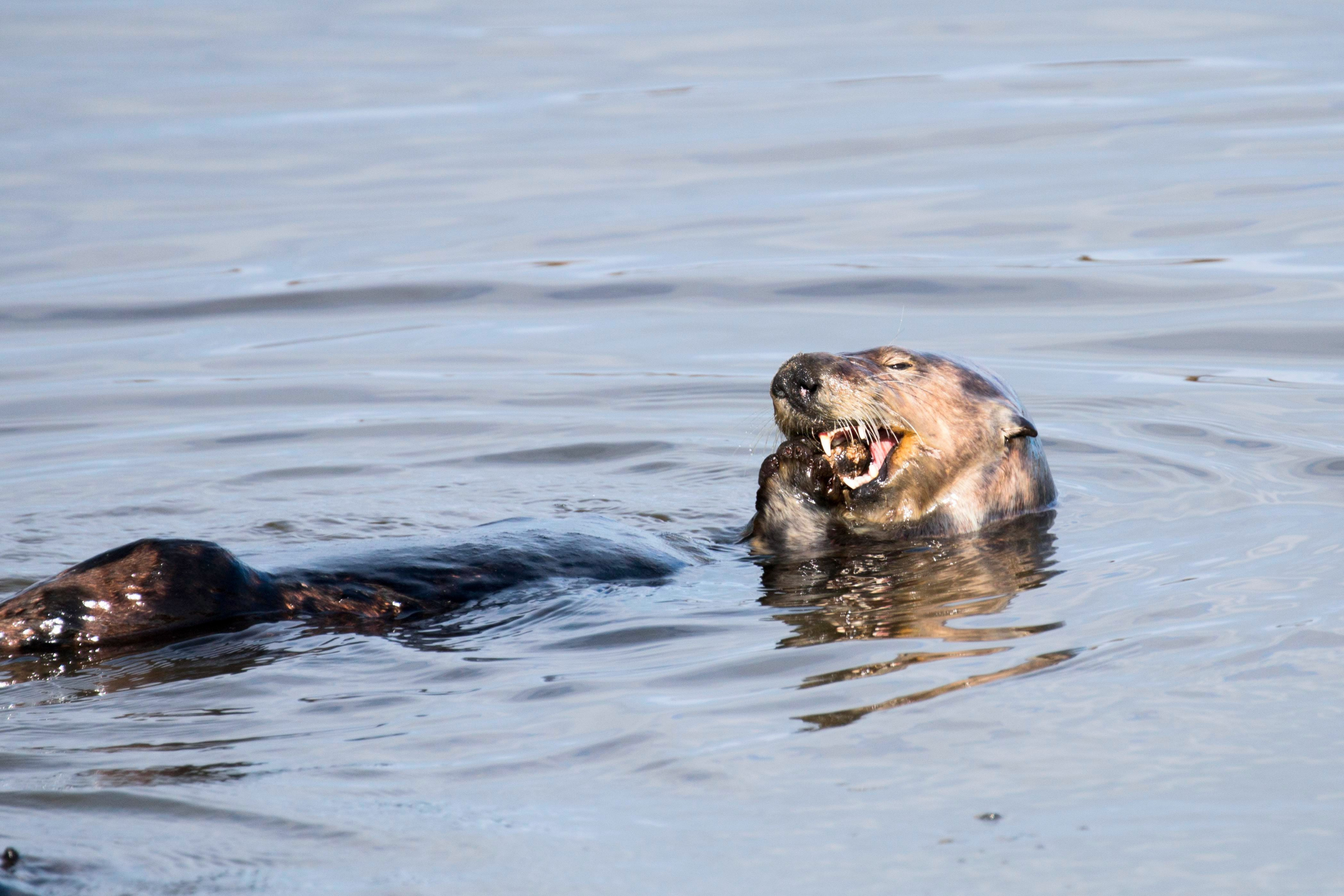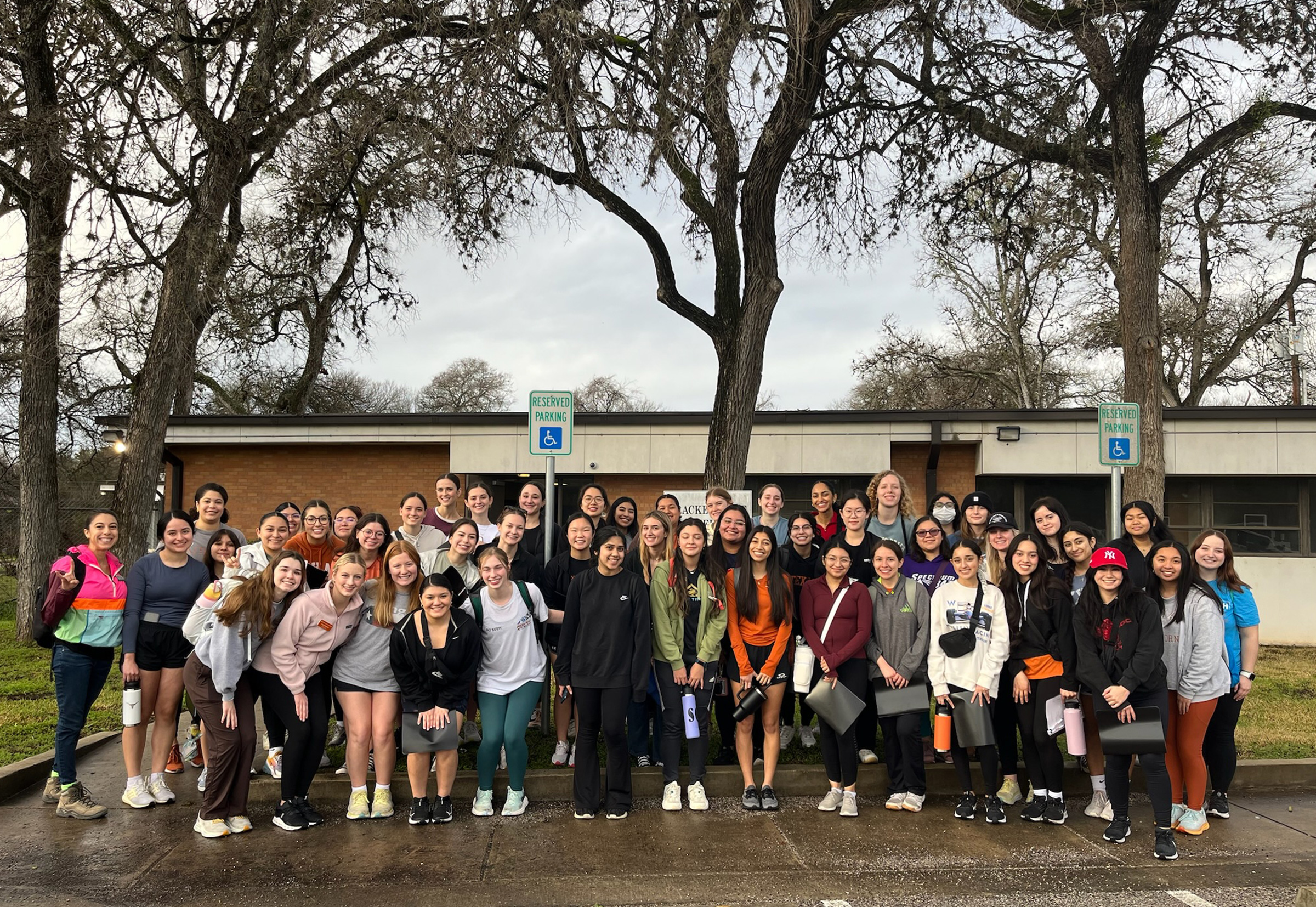News
The Lesser of Two Weevils: Size Differences in Some Insects Lead to Tradeoffs in the Competition for Mates
The largest males have bigger weapons, but smaller males have other advantages.

For Rainforest Amphibians, the Bigger the Toes, the Higher They Go
In rainforests in Gabon, amphibians with larger toes relative to their body length are found higher in the forest canopy.

What Will Extreme Weather Events Mean for Texas’s Favorite Bugs?
The answer matters for people, too, given how insects affect whole ecosystems.

Targeted Grazing May Help Beat Invasive Buffelgrass
Researchers head to Kenya to unlock the weaknesses of invasive buffelgrass to combat it here in Texas.

Texas Field Station Network Catalyzes Collaborations Across Field Sites
The recently announced largest-ever gift to the college is helping to bring new research synergies.

Otters, Especially Females, Use Tools To Survive a Changing World
A new study has found that individual sea otters that use tools — most of whom are female — are able to eat larger prey and reduce tooth damage when their preferred prey becomes depleted.





